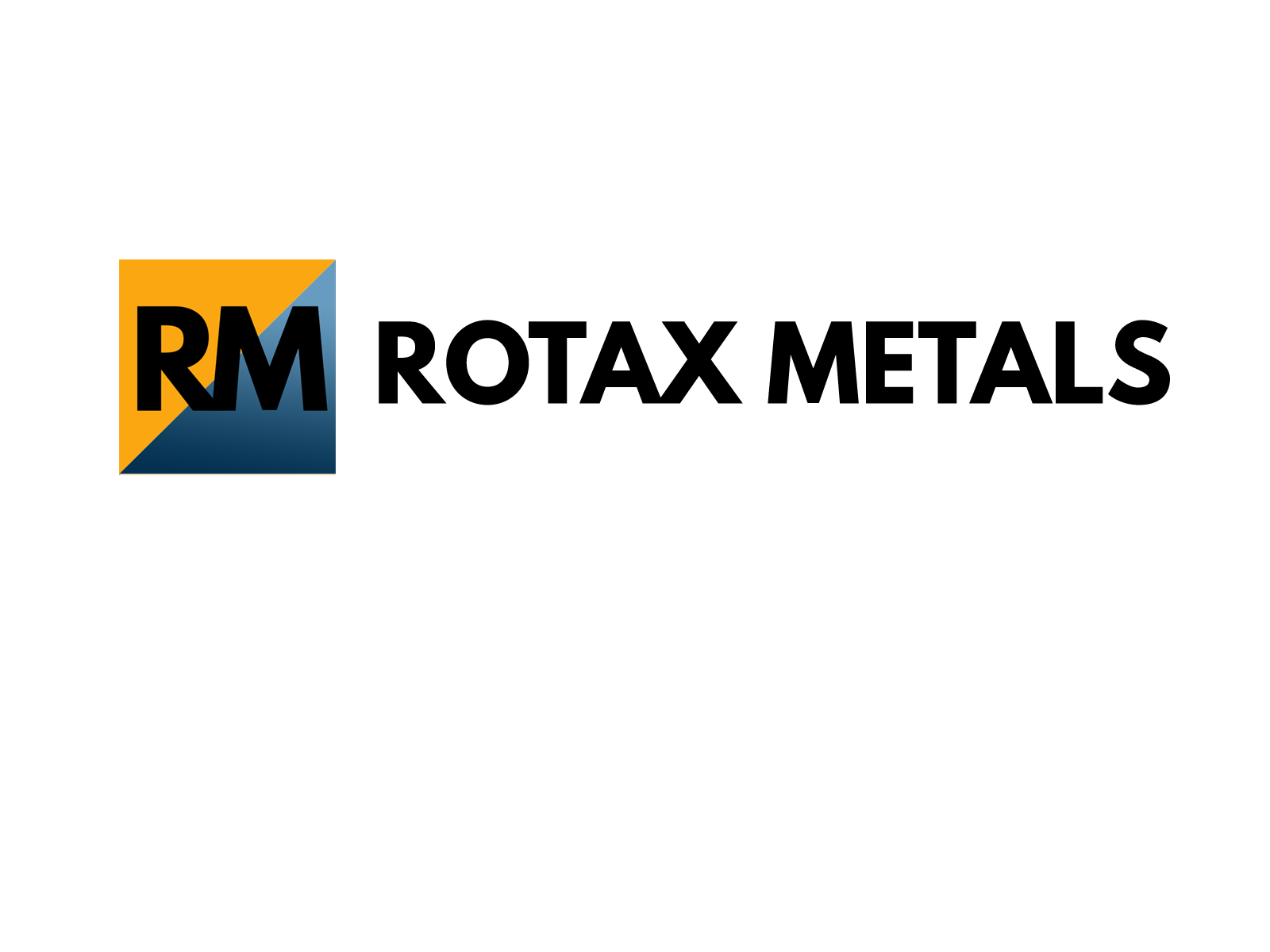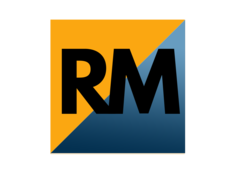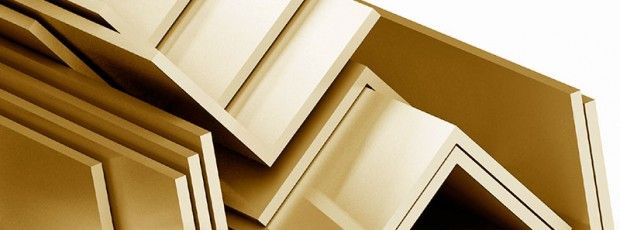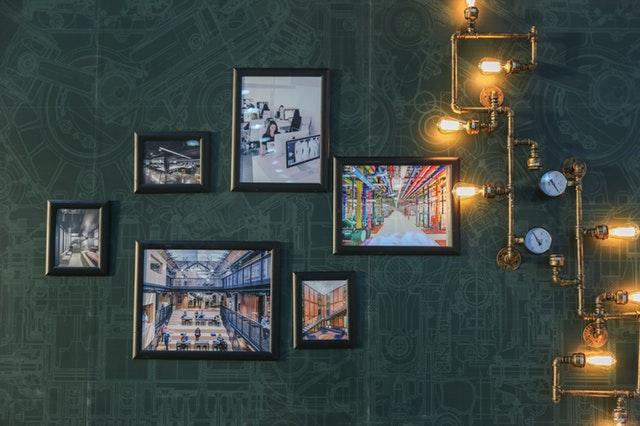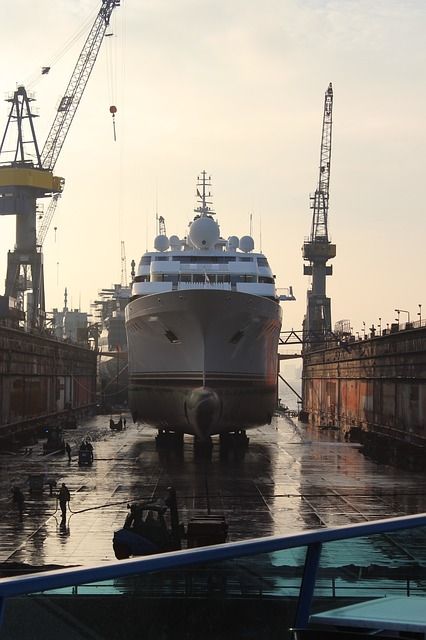Brass angle, also known as the L-shaped bar, is an important component of many small and medium-sized structures. Its characteristic “L” shape is achieved by rolling and bending a long, flat bar. The shape is essential as it offers a unique kind of structural support.
Unlike steel and iron bars, brass angle bars are rarely used in large-scale construction projects because they are quite expensive. An alloy of copper and zinc, brass possesses a gold-like color and sheen as well as high corrosion resistance, which make it an impractical choice of building material. However, it can perform beyond what’s expected of typical structural bars. Here are some of the most common uses of brass angle.
Structural Strengthening
Hanging cabinets are an efficient solution to a small or cramped space. While these fixtures can effectively help free up space in any room, it poses certain risks to occupants. They might suddenly uncouple from the wall fall on an occupant. This risk, however, can be managed by ensuring the stability of the cabinets. By installing a brass angle bar on the wall where a bottom edge of the cabinet can perfectly fit on, you can provide the shelf with its much needed support.
Edge Reinforcement
Brass angle comes in different sizes. The smallest of the size options is perfect for edge reinforcement. The angle is installed on the edge of structural feature to serve as an added protection. Examples are concrete staircases, walls where one side is exposed to open air, and wooden railing. This use is even excellent for wooden planks where air and moisture can see through the edges and cause damage.
Furniture Frames
Due to the shape of the angle bar, it can be used as a frame for different types of furniture. Side tables, chairs, and bed frames can all be made using brass angle bars. This can add a lot of style and color to a room while also being solid and sturdy enough that it will not bend or break easily. All it takes is creativity and an eye for design and the angled brass bars can be incorporated into so many home, hotel, and even office furniture.
Getting Innovative
When it comes to the uses of brass angle, it is all up to the creativity and imagination of the user. Yes, brass is more expensive than other common metals and they aren’t the best for large construction projects like bridges and industrial beams. However, when they are reserved for exclusive use as those mentioned above and as other fixtures for hotel handrails and staircases, the angled metal alloy will perform remarkably well.
There is no harm in experimenting with their different uses. Brass is a strong alloy and will not easily break, even when it has to hold a lot of weight.
Sources:
What is an Angle Bar?, WiseGeek.com
The Many Uses of Angle Iron, TexasIronAndMetal.com
